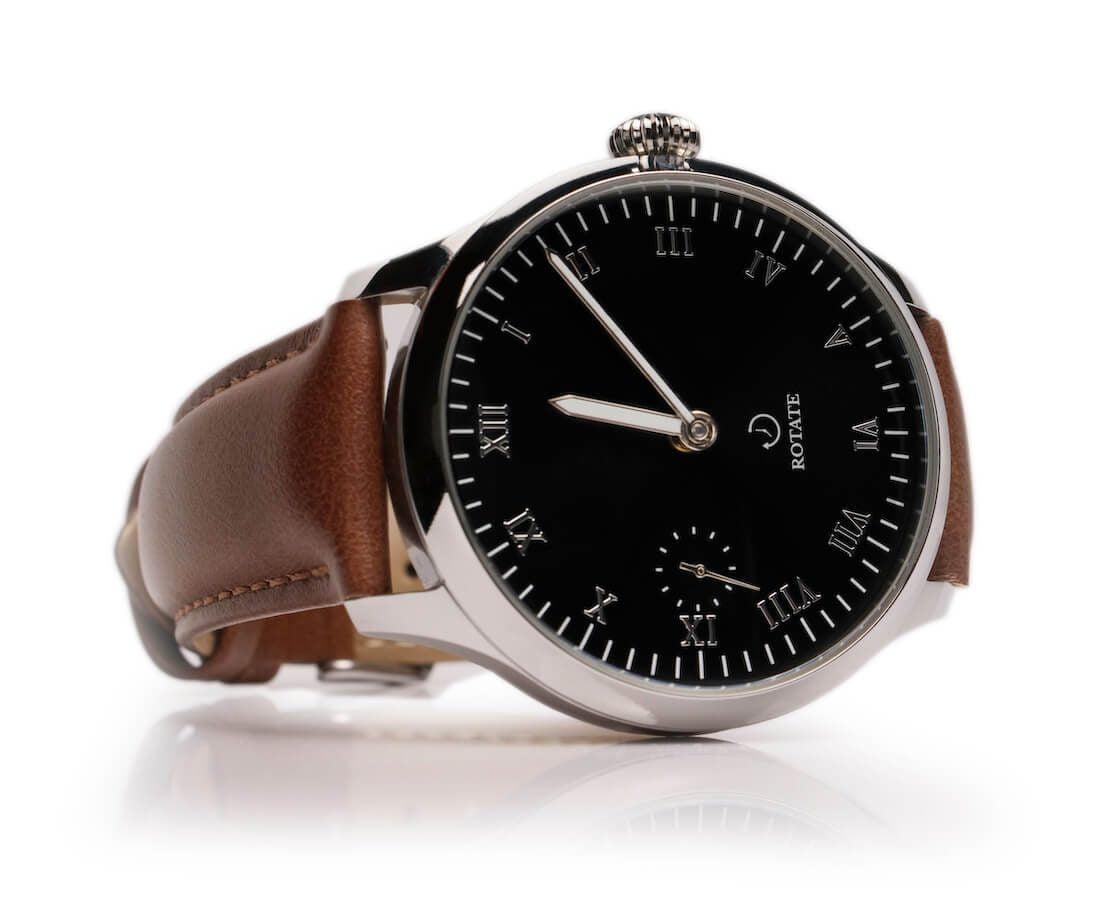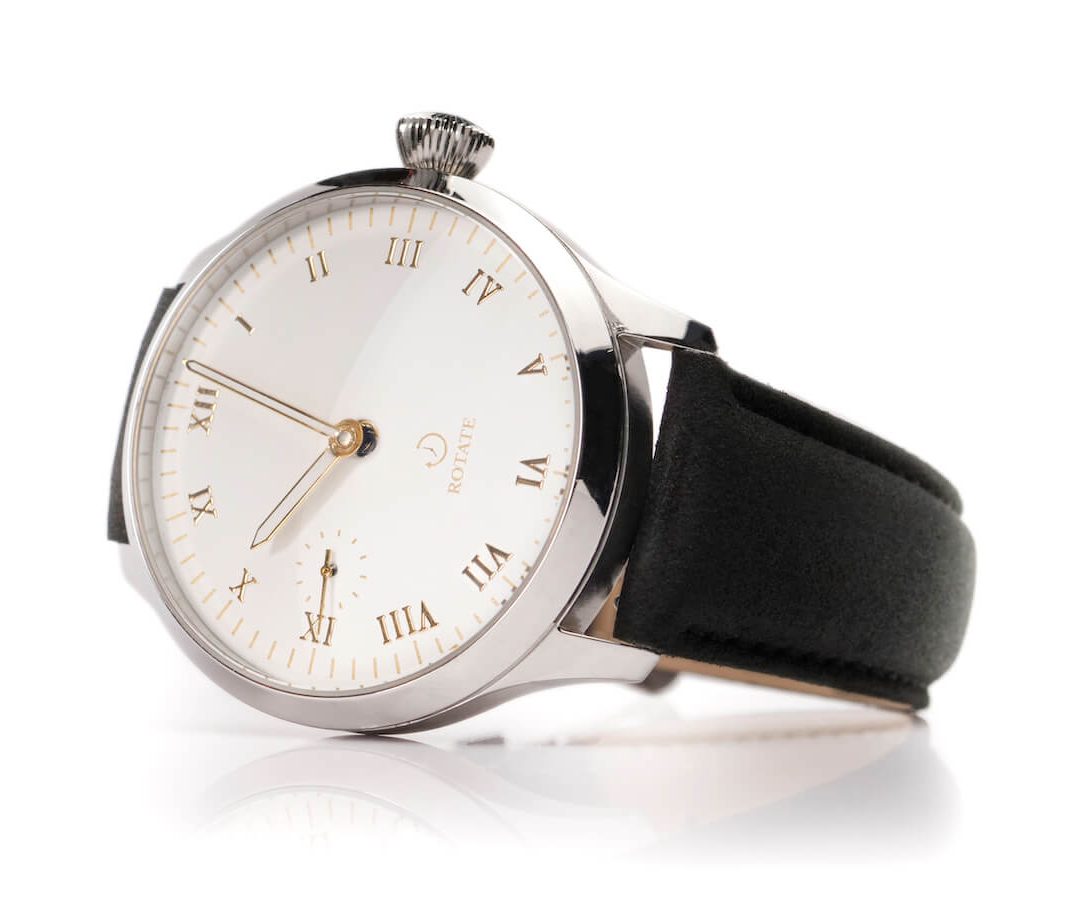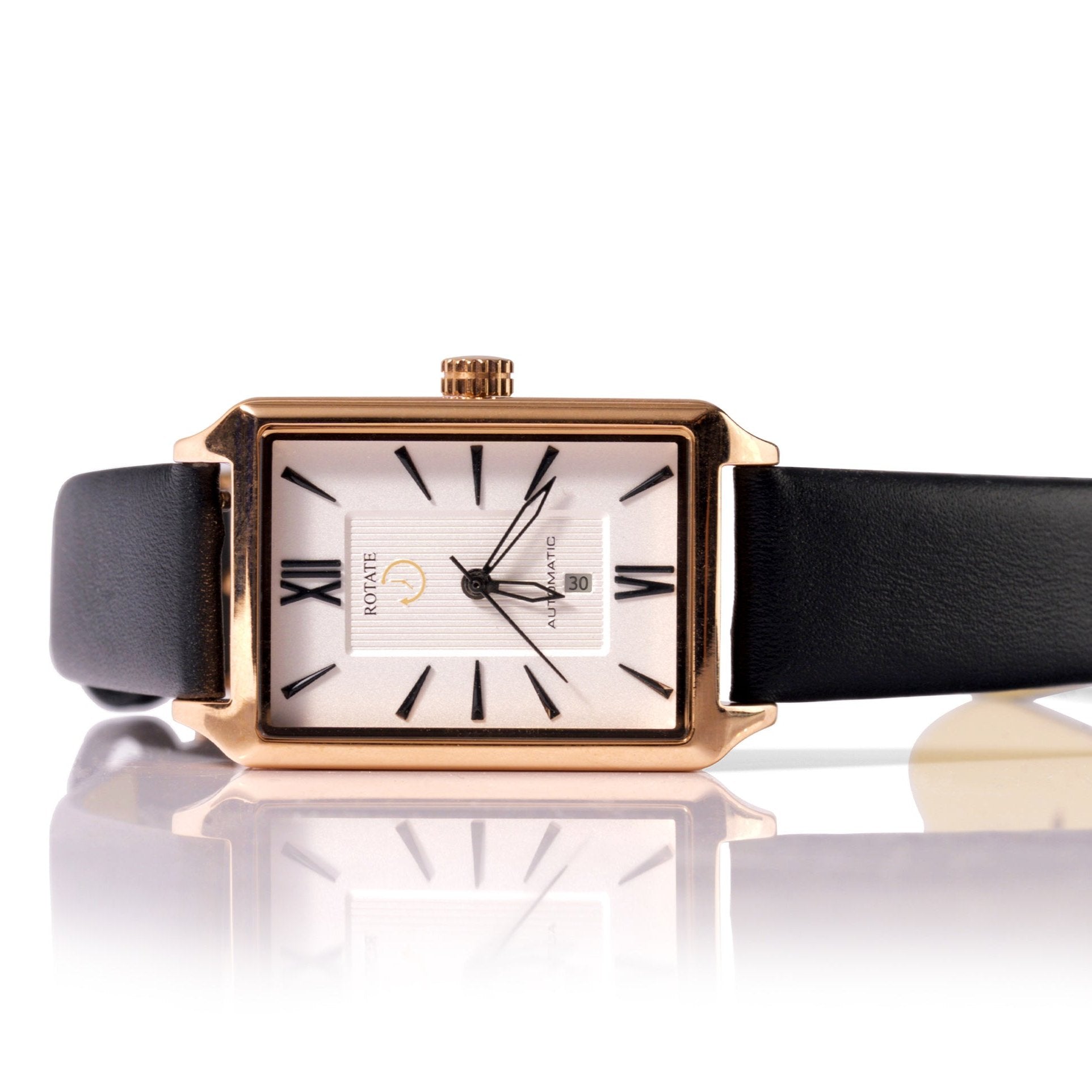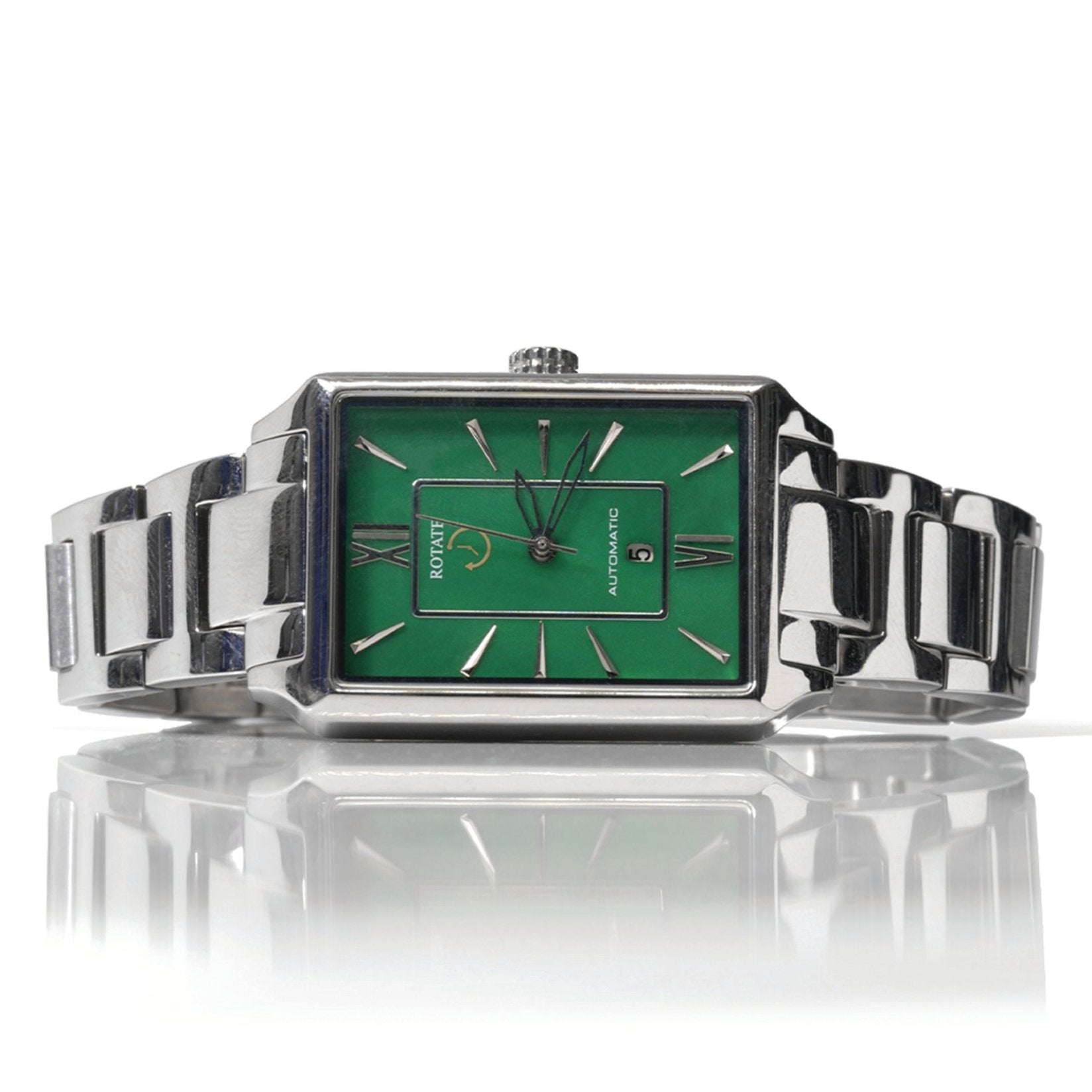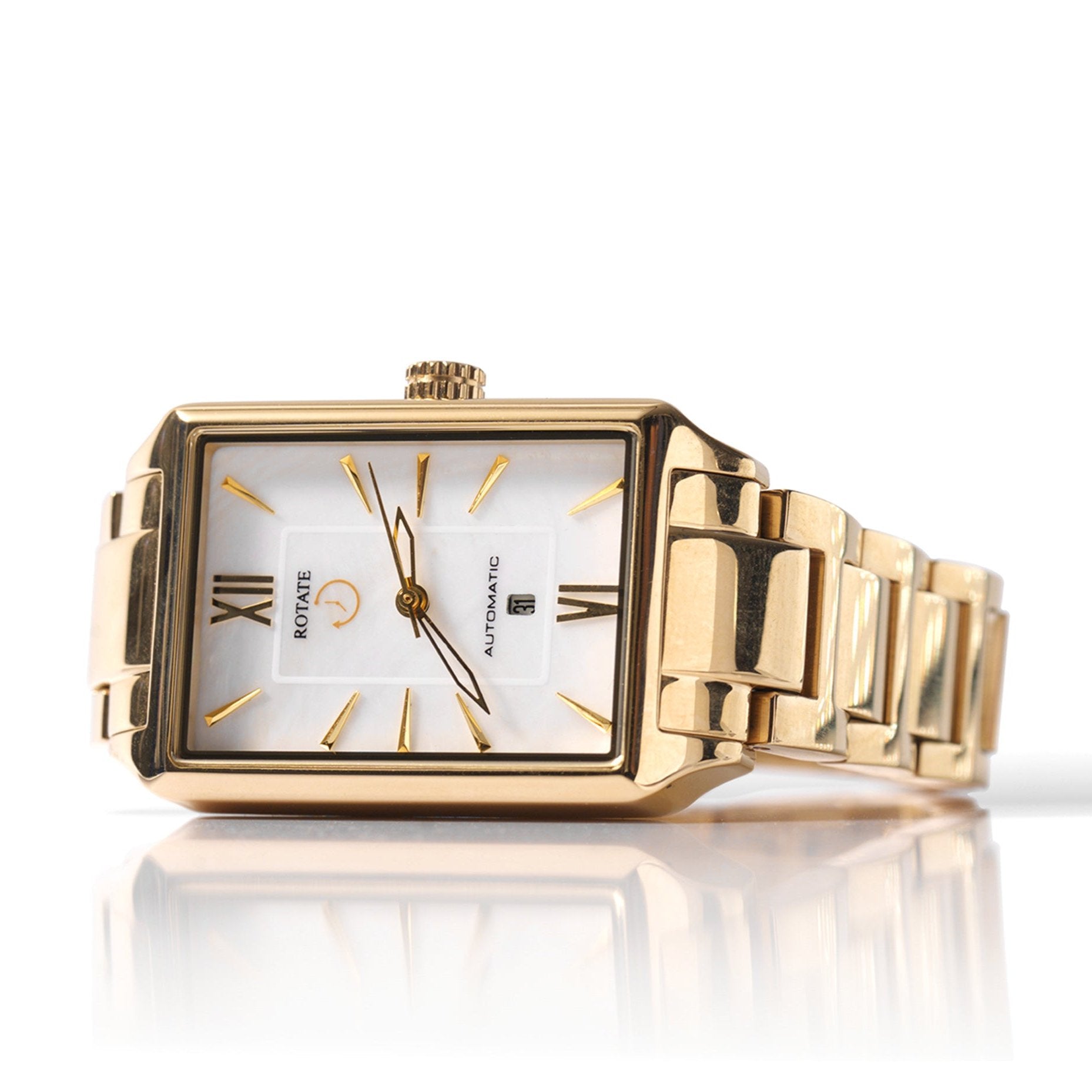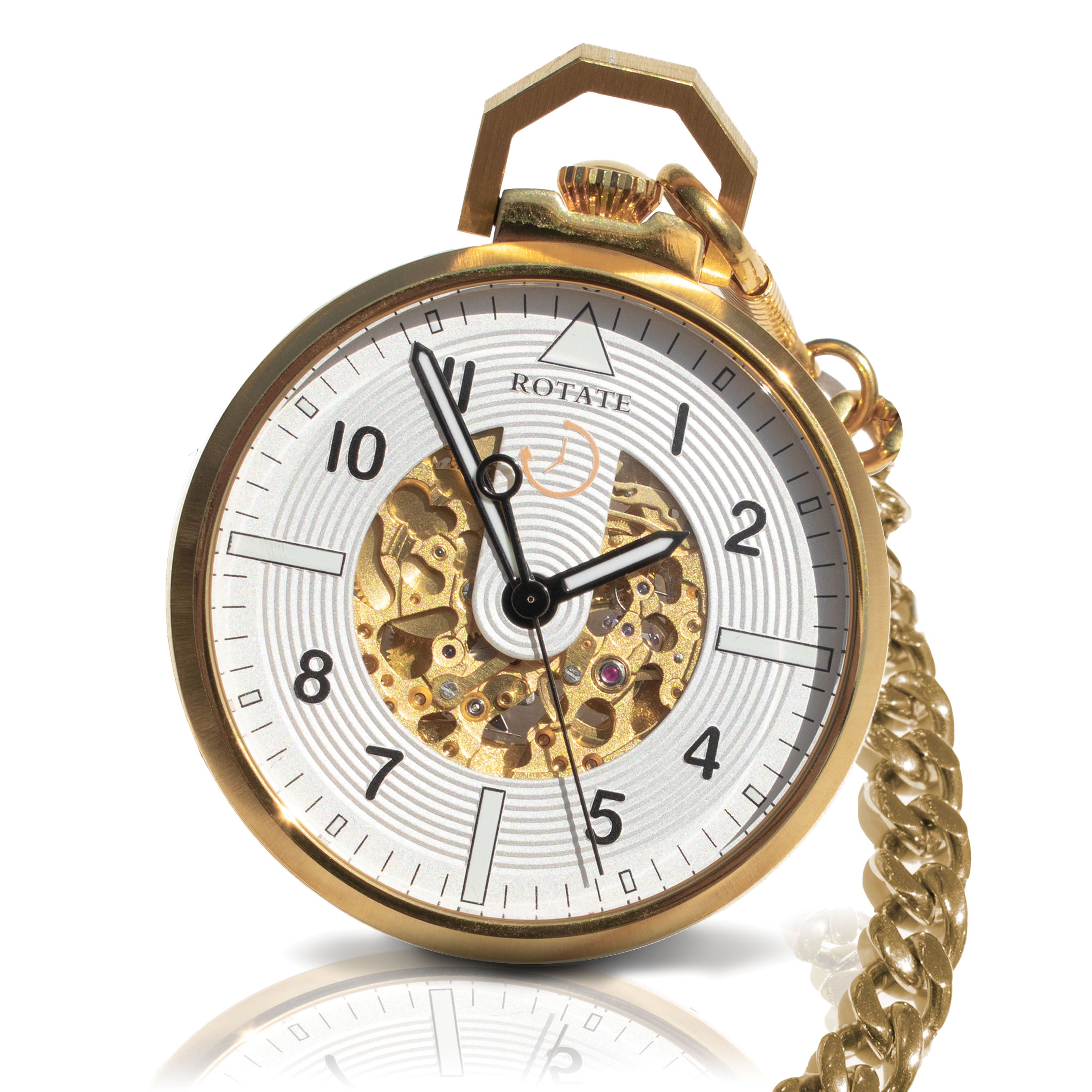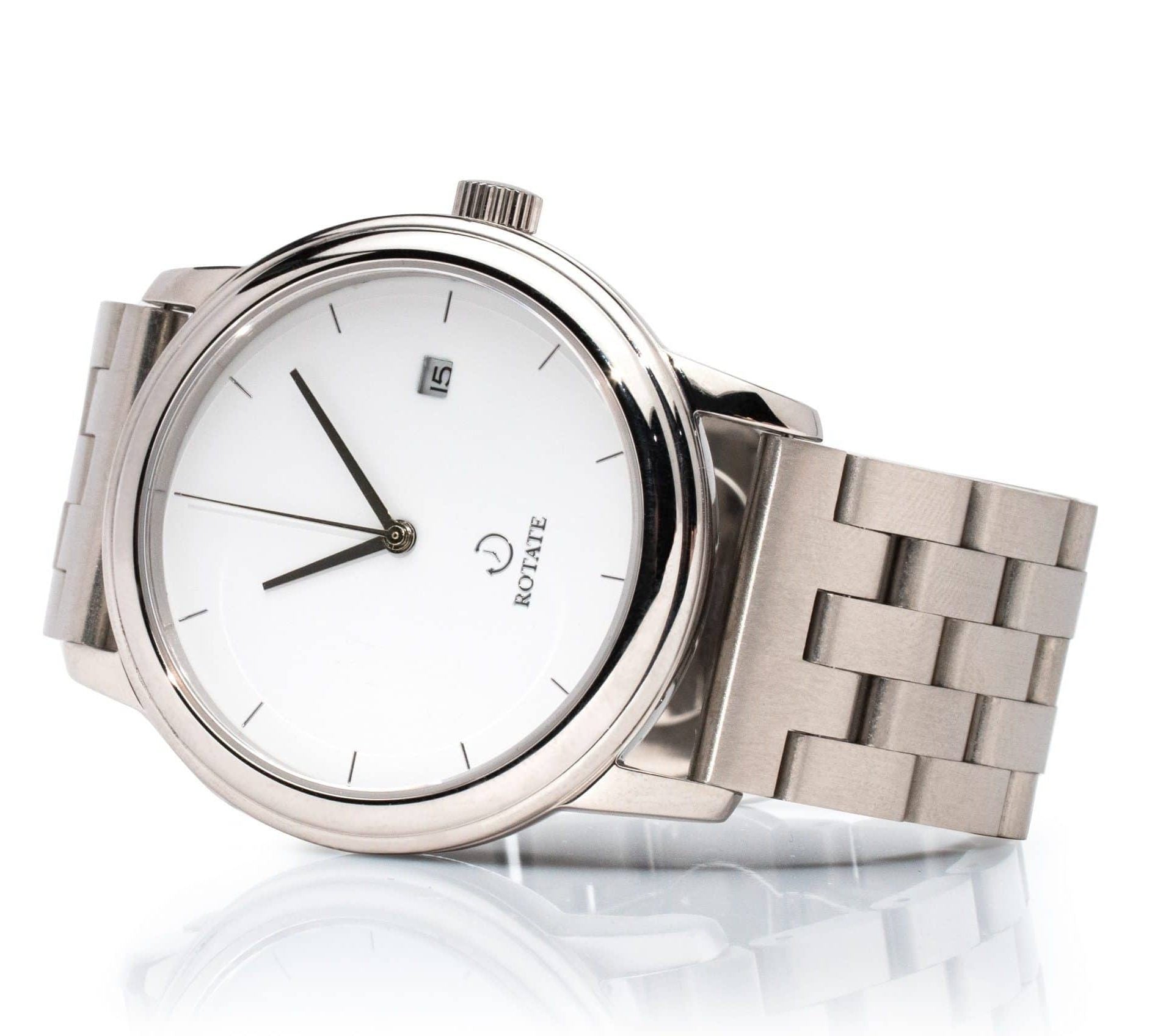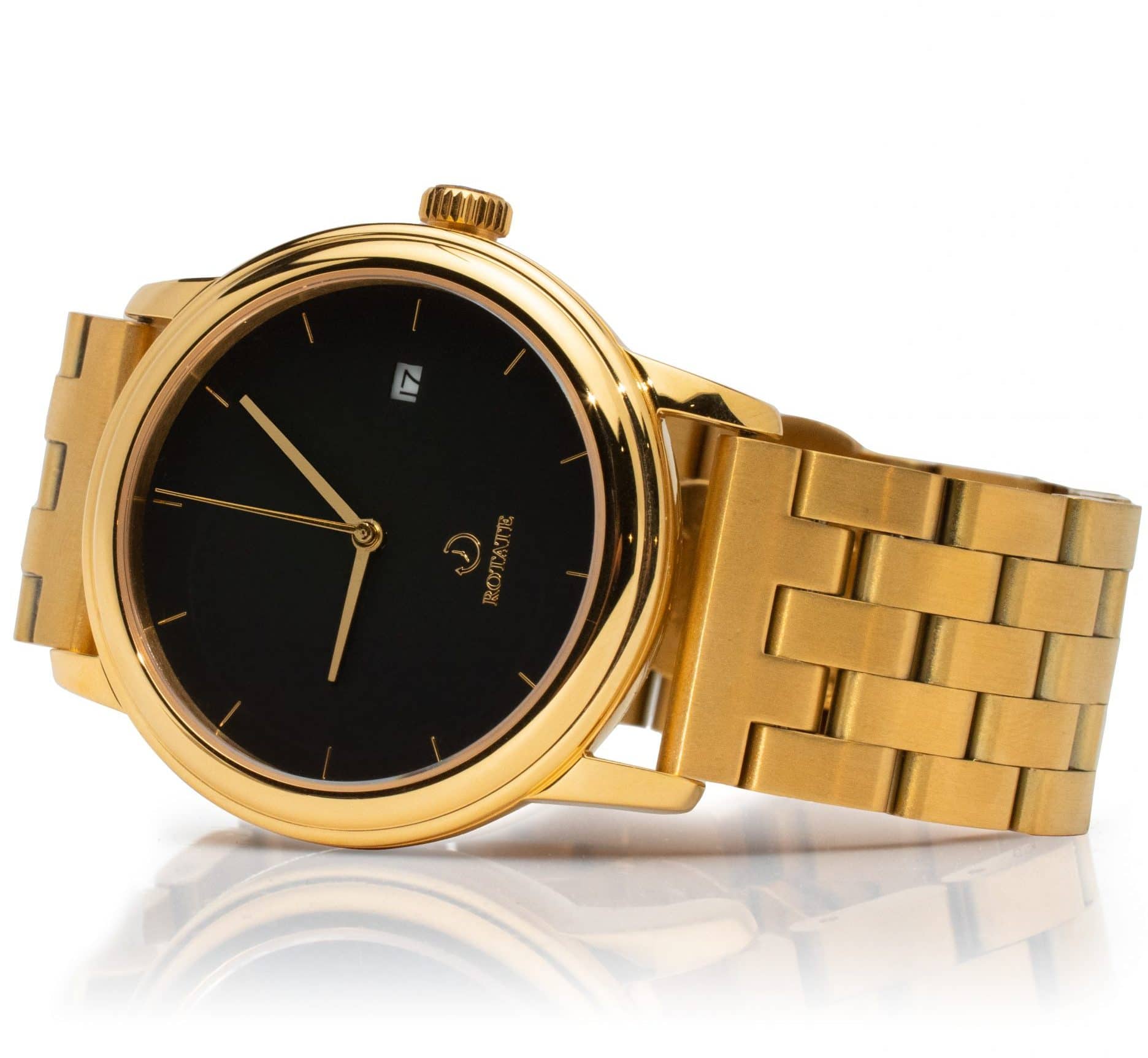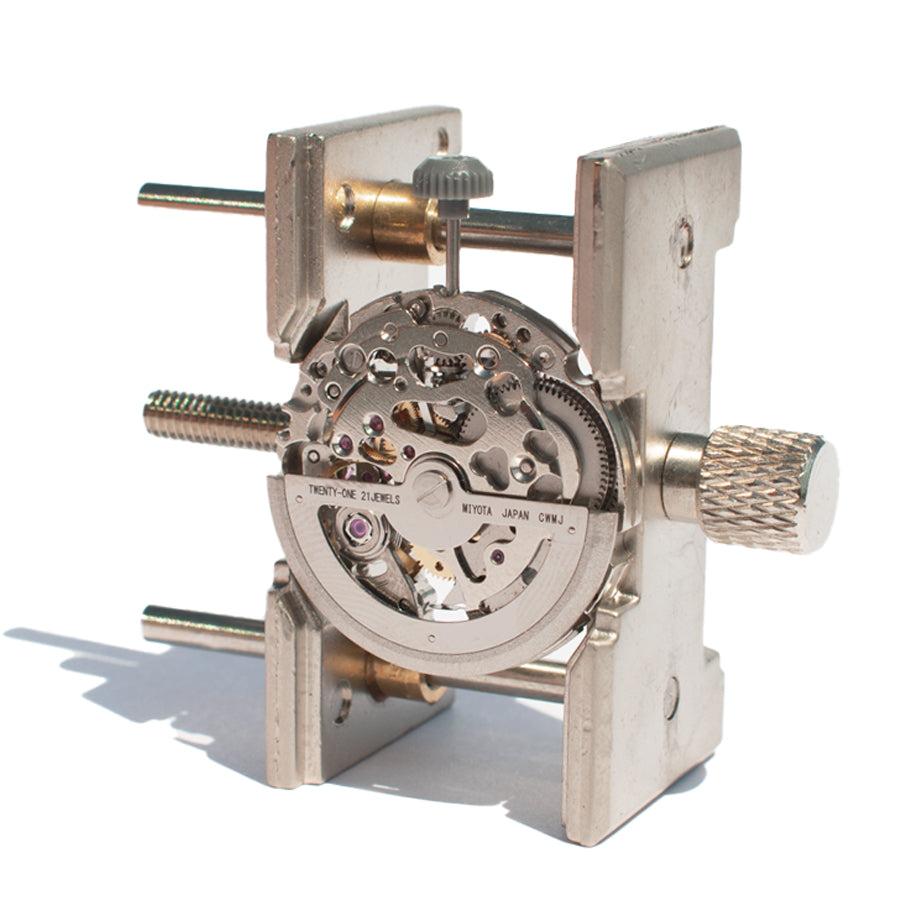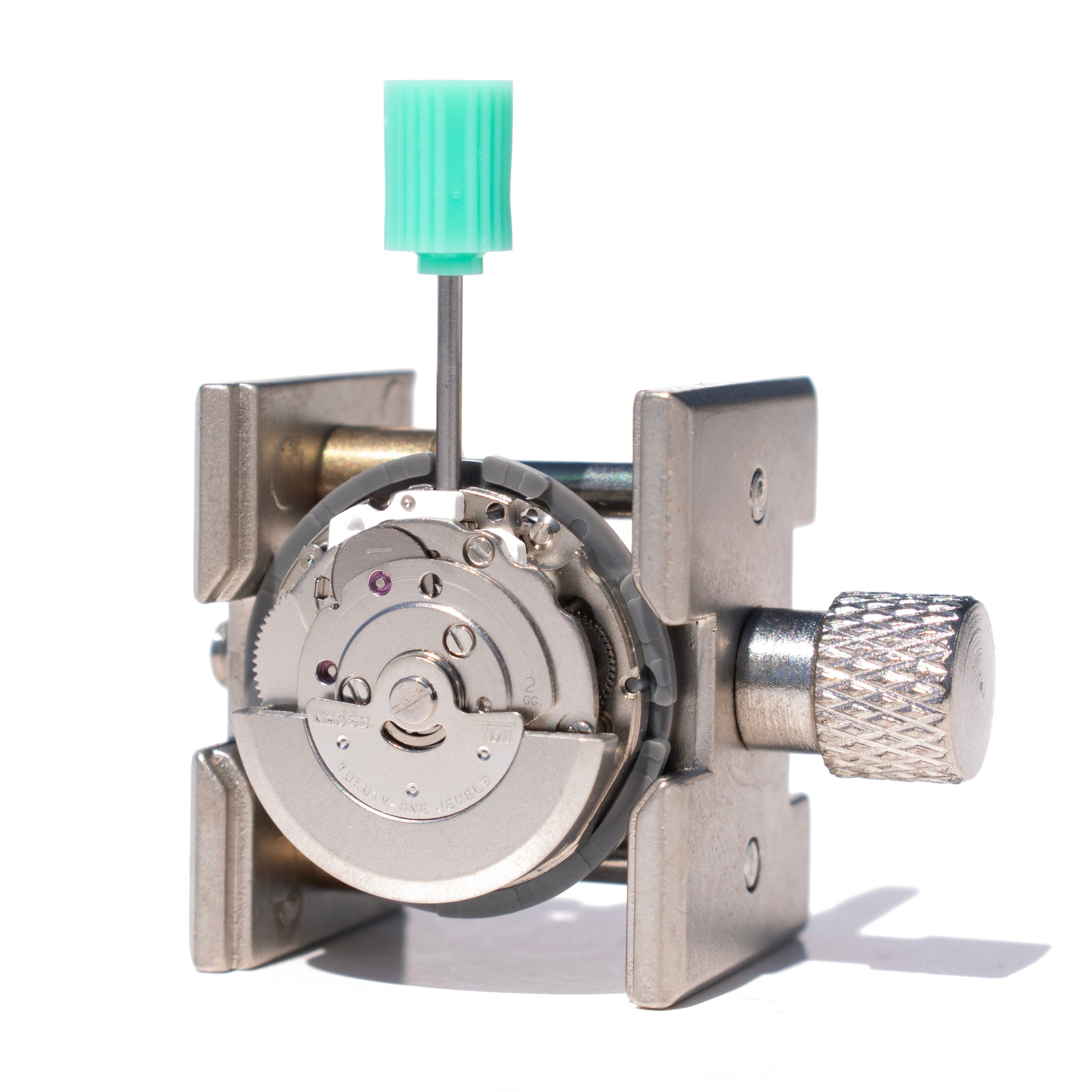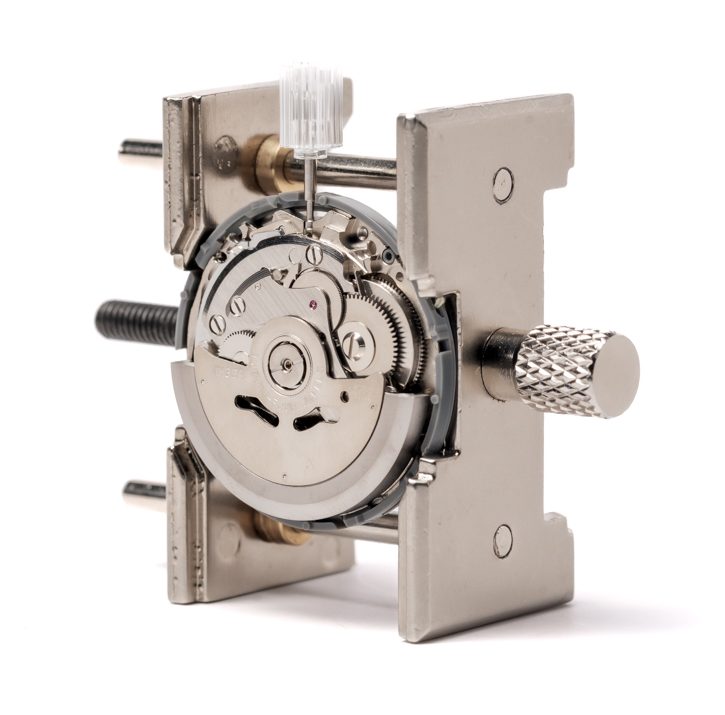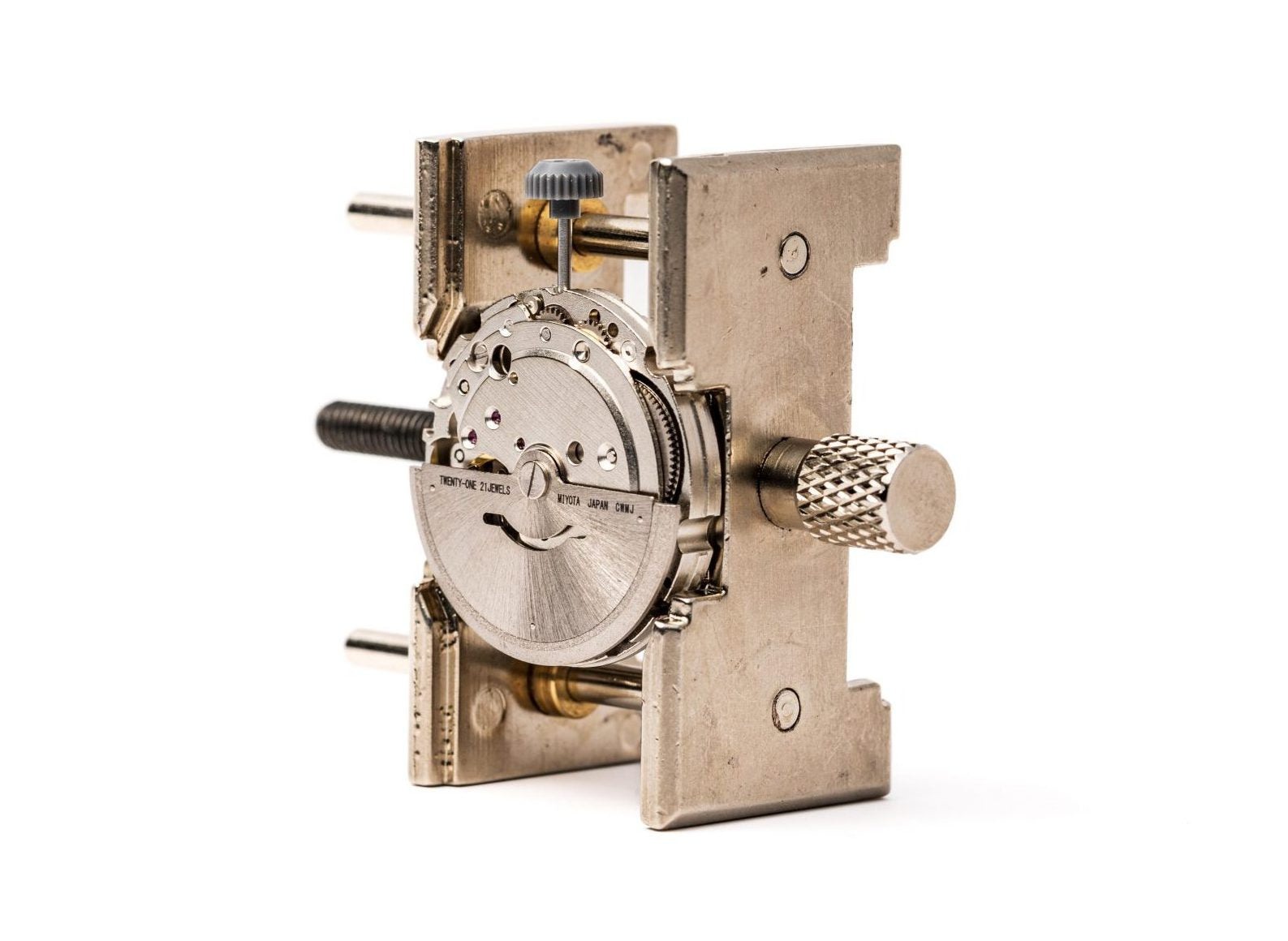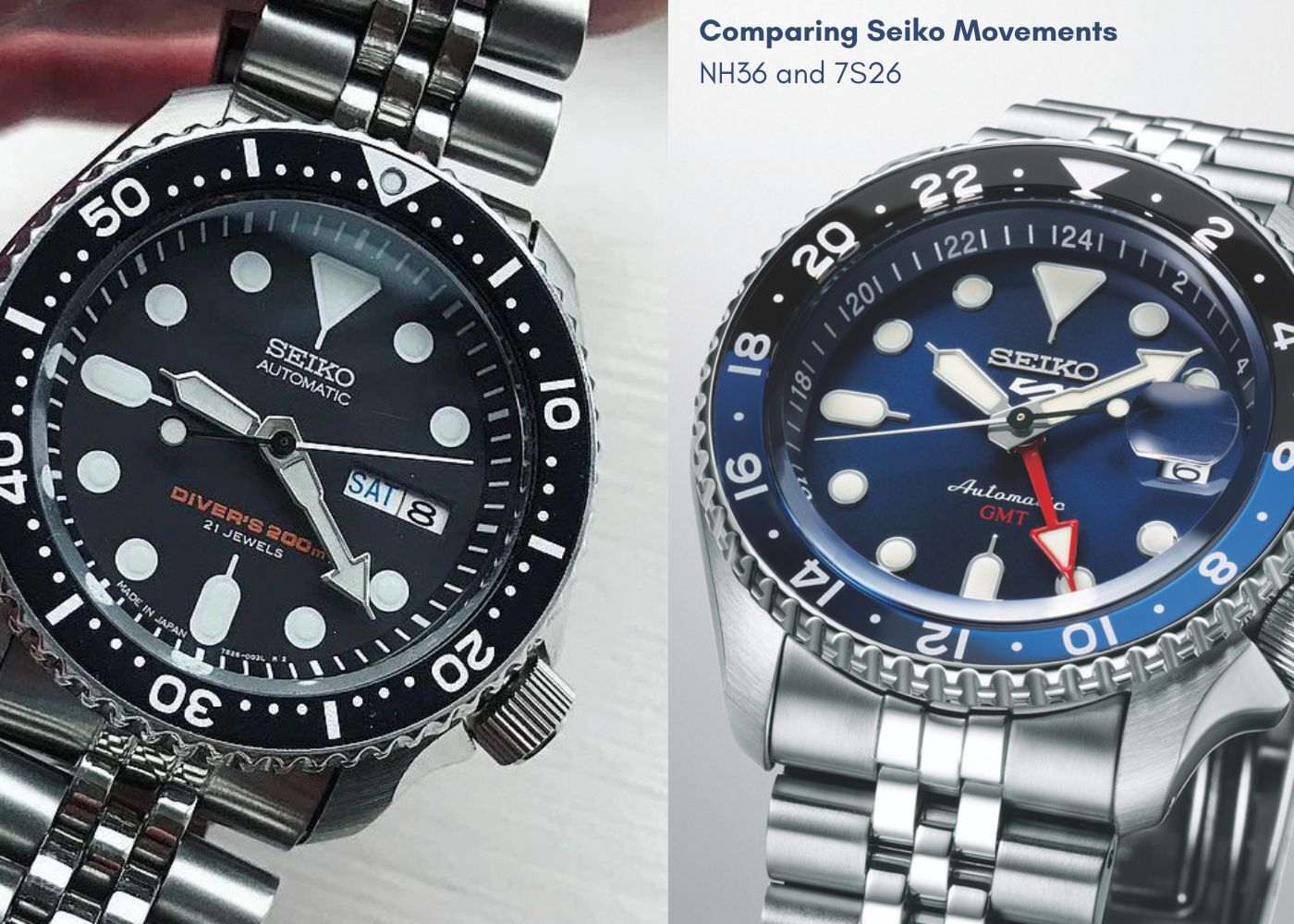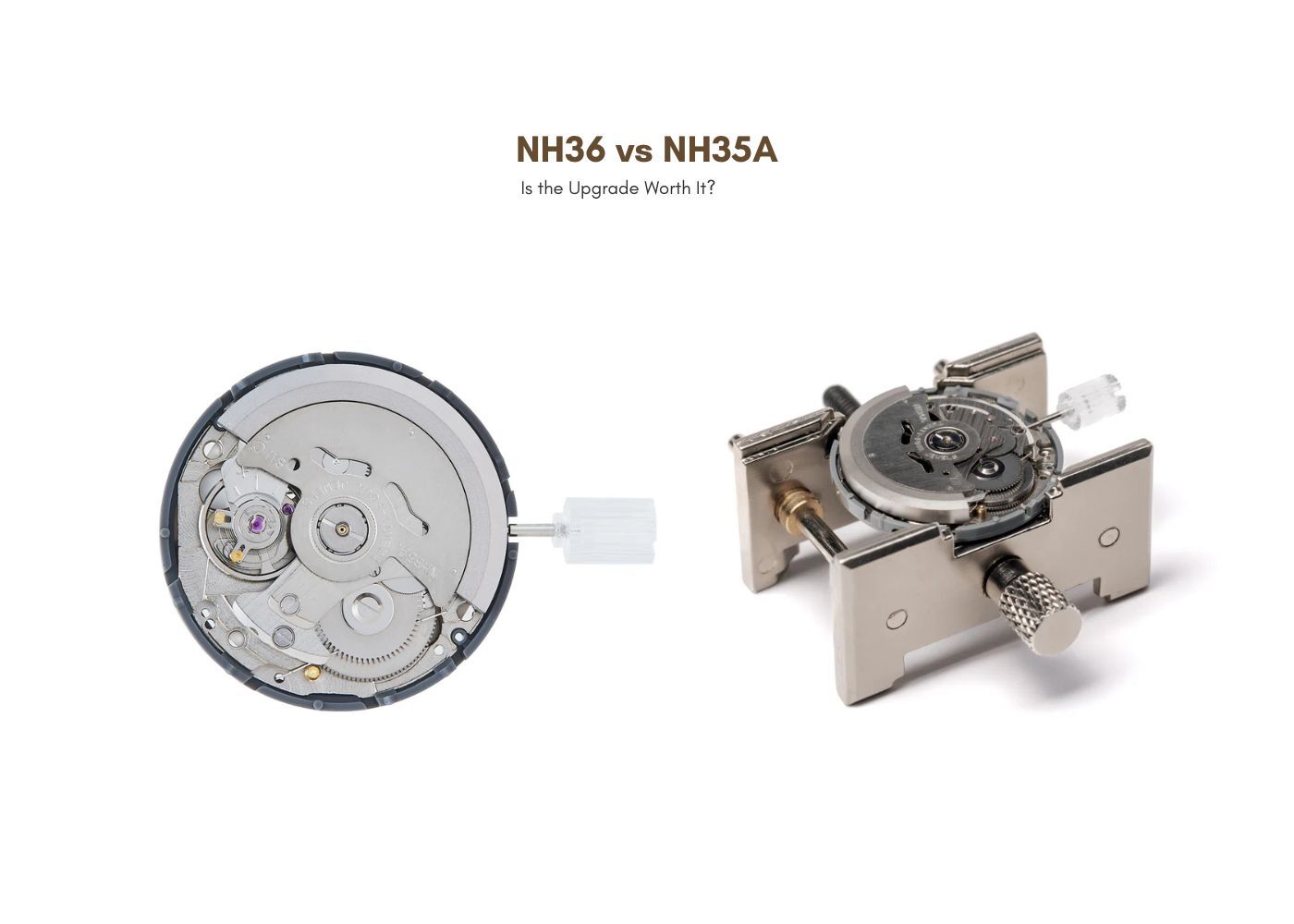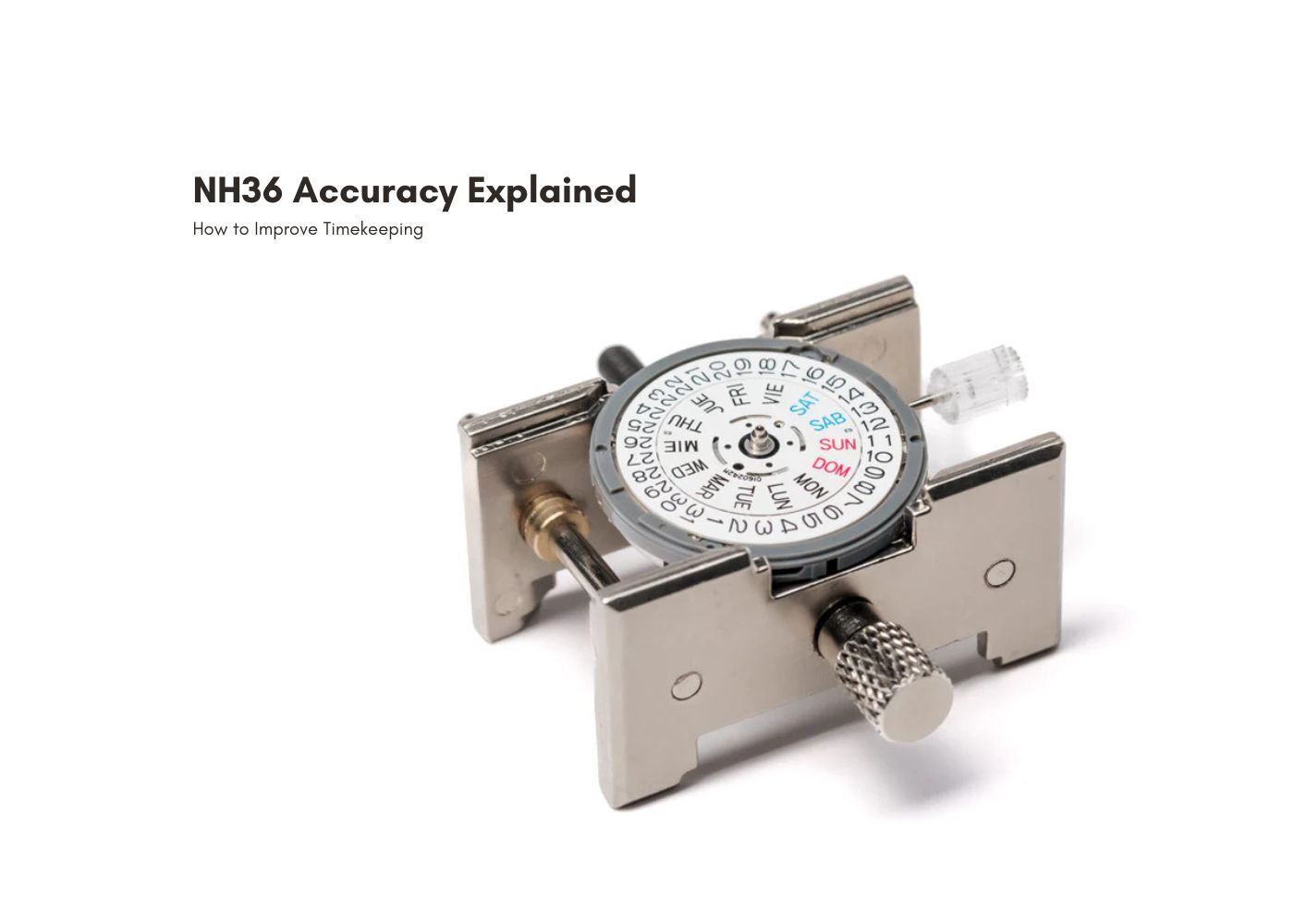
NH36 Accuracy Explained - How to Improve Timekeeping
What is the NH36 Movement from Seiko?
The NH36 movement from our movement kit range represents one of Seiko's most popular automatic movements, manufactured through their TMI division. Featuring 24 jewels and operating at 21,600 vibrations per hour (6 beats per second), this workhorse movement powers countless timepieces worldwide including our very own Cabot Watchmaking Kit.
Standard nh36 accuracy typically ranges between -20 to +40 seconds per day - quite respectable for mechanical movements in this price range. With its day-date function, hacking seconds hand, and impressive 41-hour power reserve, the NH36 delivers remarkable performance and reliability for both commercial watches and DIY watchmaking projects.
Factors Affecting Seiko NH36 Accuracy
#1 Position and Wearing Habits
Your wearing patterns dramatically influence nh36 accuracy. Mechanical movements perform differently depending on orientation - dial up, crown up, or crown down positions each affect the rate. Daily wear naturally averages these positional variations as your wrist movements constantly change the watch's orientation. When not wearing your timepiece, experiment with storing it dial-up or crown-up overnight, as many owners report better timekeeping results with these positions. Consistent wearing habits generally produce more stable timing results than sporadic wear.
#2 Power Reserve and Winding
Optimal seiko movement precision occurs when the mainspring maintains consistent energy delivery. Watches worn daily typically achieve better accuracy because natural wrist movement keeps the mainspring adequately wound.
For watches in a rotation, consider giving your NH36-powered timepiece a manual wind before wearing it again, or use a watch winder during off-wrist periods. Allowing a movement to run down completely before restarting often results in temporary timing variations until the mainspring stabilizes again during regular wear.
#3 Temperature Variations
Ambient temperature significantly affects mechanical movement performance. The NH36 calibration works best at normal room temperatures (approximately 70-75°F or 21-24°C). Extreme heat causes slight expansion of metal components while cold environments lead to contraction - both temporarily impacting nh36 accuracy.
Avoid leaving your watch in hot cars, freezing conditions, or direct sunlight for extended periods. Maintaining relatively stable temperature environments promotes more consistent performance from your mechanical timepiece.
#4 Break-in Period
New NH36 movements require a settling period to reach optimal performance. During the first few weeks of regular wear, lubricants distribute evenly throughout the movement while mechanical components establish working relationships.
Many owners noticed improved seiko movement precision after this initial period. Tracking your watch's daily rate during the first month helps you understand its unique patterns and how the accuracy stabilizes over time. Patience during this break-in phase typically rewards you with better long-term timekeeping performance.
#5 Assembly Quality
For DIY watchmakers, assembly quality directly impacts accuracy. Proper hand alignment, secure dial attachment, and correct case fitting all contribute to movement performance. When building with an NH36, follow assembly instructions meticulously and ensure all components install properly. Clean working conditions, correctly torqued screws, and careful handling make substantial differences in the final nh36 accuracy of your finished timepiece.
Conclusion
The NH36 movement offers exceptional value and reliability for mechanical watch enthusiasts. Understanding and optimizing these five factors helps maximize your watch's inherent accuracy without complicated interventions.
Mechanical watches contain hundreds of precision components working together in a delicate balance - appreciating this complexity while implementing simple optimization techniques enhances both performance and enjoyment of your timepiece.
Learn more about Seiko Movement Accuracy.
Ready to experience building your own NH36-powered watch? Explore Rotate Watches' NH36 Movement Kit for a hands-on introduction to mechanical movements. For a complete build experience, try the Cabot Watchmaking Kit. Browse our Watch Movement Kits collection for more options, or maximize value with our comprehensive Mega Movement Kit Bundle.
FAQ
Q. What is the typical accuracy range for an NH36 movement?
Standard NH36 movements typically perform within -20 to +40 seconds per day under normal conditions. Individual movements may perform better or worse depending on regulation and environmental factors.
Q. How does position affect NH36 accuracy?
All mechanical movements display different accuracy rates depending on position. Many owners find better results storing watches dial-up or crown-up when not wearing them.
Q. How long does the NH36 power reserve last?
The NH36 offers approximately 41 hours of power reserve when fully wound. Consistent wear or regular manual winding maintains optimal performance levels.
Q. Can temperature affect my NH36's accuracy?
Yes, extreme temperatures temporarily alter timekeeping by causing slight expansion or contraction of metal components. Room temperature provides the best performance.
Q. How do I improve accuracy in a newly built NH36 watch?
Give your new build 2-3 weeks of regular wear for components to settle. Track performance in different positions and adjust your storage habits based on your observations.
{ "@context": "https://schema.org", "@type": "FAQPage", "mainEntity": [ { "@type": "Question", "name": "What is the typical accuracy range for an NH36 movement?", "acceptedAnswer": { "@type": "Answer", "text": "Standard NH36 movements typically perform within -20 to +40 seconds per day under normal conditions. Individual movements may perform better or worse depending on regulation and environmental factors." } }, { "@type": "Question", "name": "How does position affect NH36 accuracy?", "acceptedAnswer": { "@type": "Answer", "text": "All mechanical movements display different accuracy rates depending on position. Many owners find better results storing watches dial-up or crown-up when not wearing them." } }, { "@type": "Question", "name": "How long does the NH36 power reserve last?", "acceptedAnswer": { "@type": "Answer", "text": "The NH36 offers approximately 41 hours of power reserve when fully wound. Consistent wear or regular manual winding maintains optimal performance levels." } }, { "@type": "Question", "name": "Can temperature affect my NH36's accuracy?", "acceptedAnswer": { "@type": "Answer", "text": "Yes, extreme temperatures temporarily alter timekeeping by causing slight expansion or contraction of metal components. Room temperature provides the best performance." } }, { "@type": "Question", "name": "How do I improve accuracy in a newly built NH36 watch?", "acceptedAnswer": { "@type": "Answer", "text": "Give your new build 2-3 weeks of regular wear for components to settle. Track performance in different positions and adjust your storage habits based on your observations." } } ] }




